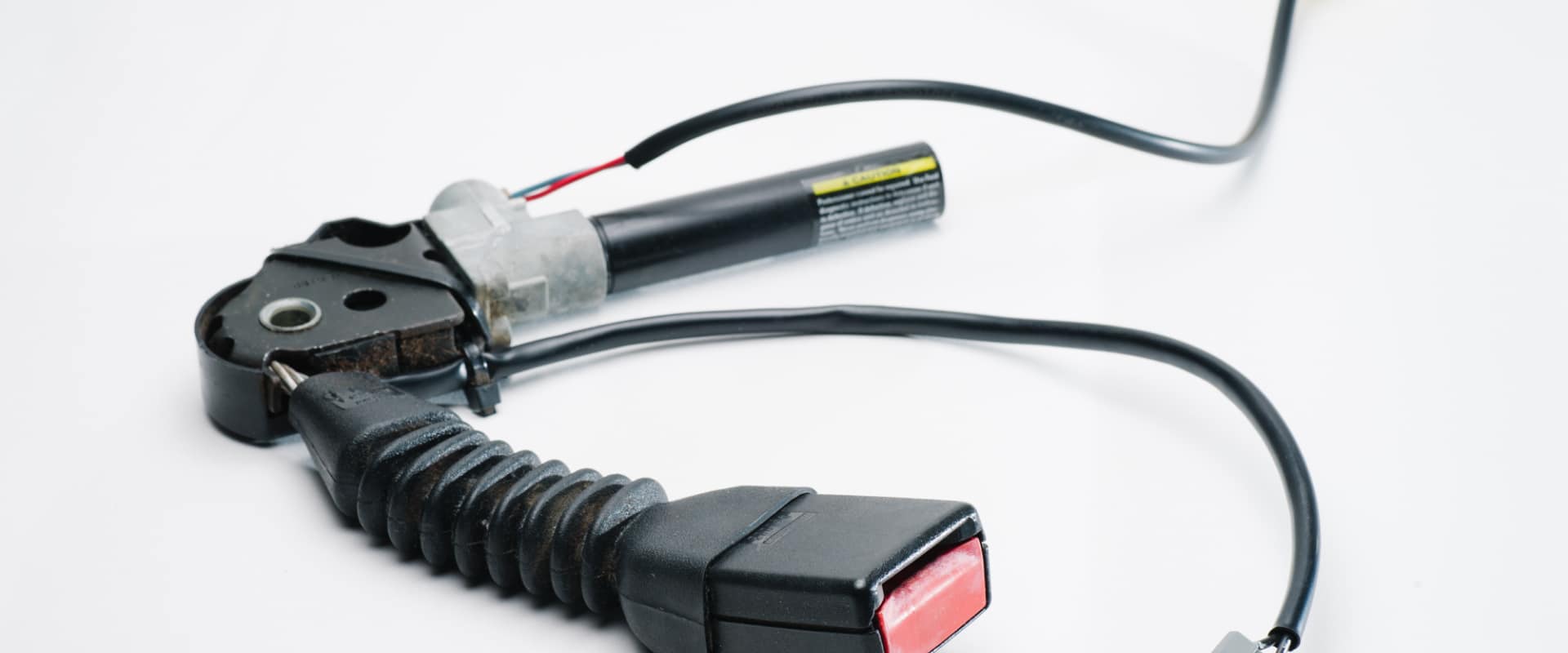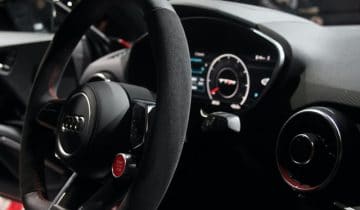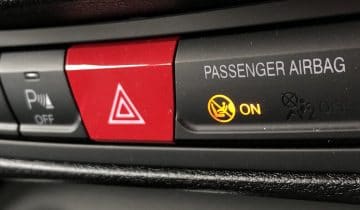There is nothing scarier than getting into a car accident. This is why it’s vital to get a vehicle that has a robust safety mechanism in place, such as seatbelts and an airbag system that will protect you in case of a collision. But even if you come out alive and unbruised, you have to handle the aftermath of the accident. Not only will you have to deal with your insurance, but you also need to get your car inspected and repaired, as your ultimate goal is to ensure your vehicle gets back in top shape and working order.
In this article, we’ll share with you our five-step guide on what to do after a car accident:
- Call your insurance agent
After experiencing a collision—whether big or small—you must immediately get in touch with your insurance agent. This is because you need to inform them about the accident and hopefully get covered after. While you’re at it, be sure to get photos of the incident and obtain pieces of evidence to justify the severity of the damages, and get coverage for the vehicle repair.
- Check your car’s body
For the most part, you’ll examine your vehicle’s body and look for obvious damages like impaired headlights and broken bumpers. However, it’s imperative to have a thorough inspection of your car. Not only should you look at the car’s body, but you also have to check under the hood. As mentioned above, record all these visible signs of damages, as these will serve as proofs for claim filing and reimbursements later on.
- Inspect your ECU
As you may or may not be aware, your engine control unit (ECU) serves as a computer that takes data from your vehicle sensors and controls a series of actuators on the internal combustion engine. This unit maintains various processes in your car to ensure its optimal performance. If it has become damaged or malfunctioned due to a car collision, your vehicle may no longer work properly as before. Because of this, getting the ECU inspected and fixed is extremely necessary.
- Repair your seatbelts
When it comes to your car’s safety mechanism, the seatbelts are the most reliable features, which is the very reason you’ve come out uninjured after the collision. But after the accident, they may no longer be functioning properly. For this reason, you need to check them and ensure they are secured in place. While you won’t dream of experiencing another collision, safety belts will always protect you and your passengers.
- Have your airbag module reset
Also known as the airbag electronic crash unit, the airbag module regulates the airbag’s deployment, stores crash data, and trades information with the car’s engine. Keep in mind that your airbag system may not protect you and your passengers if the module is malfunctioning. For this reason, you need to ensure that your airbag module is properly working. If not, you ought to have an airbag module reset for your safety and protection so that you can avoid serious injuries.
Conclusion
At this point, you now know what to do after a car accident. As outlined above, all it takes is to call your insurance, check your car’s body, inspect your ECU, repair your seatbelts, and have your airbag module reset. Ultimately, it’s paramount to get your vehicle’s engine and safety features fixed as quickly as possible because your safety is always a top priority!
Have you gotten into a car accident? Fret not, as we’ve got you covered! We provide airbag module reset, webbing replacement, instrument cluster repair, and seat belt repair, among many other services. For your car safety maintenance and repair, get in touch with us today to see how we can help!


